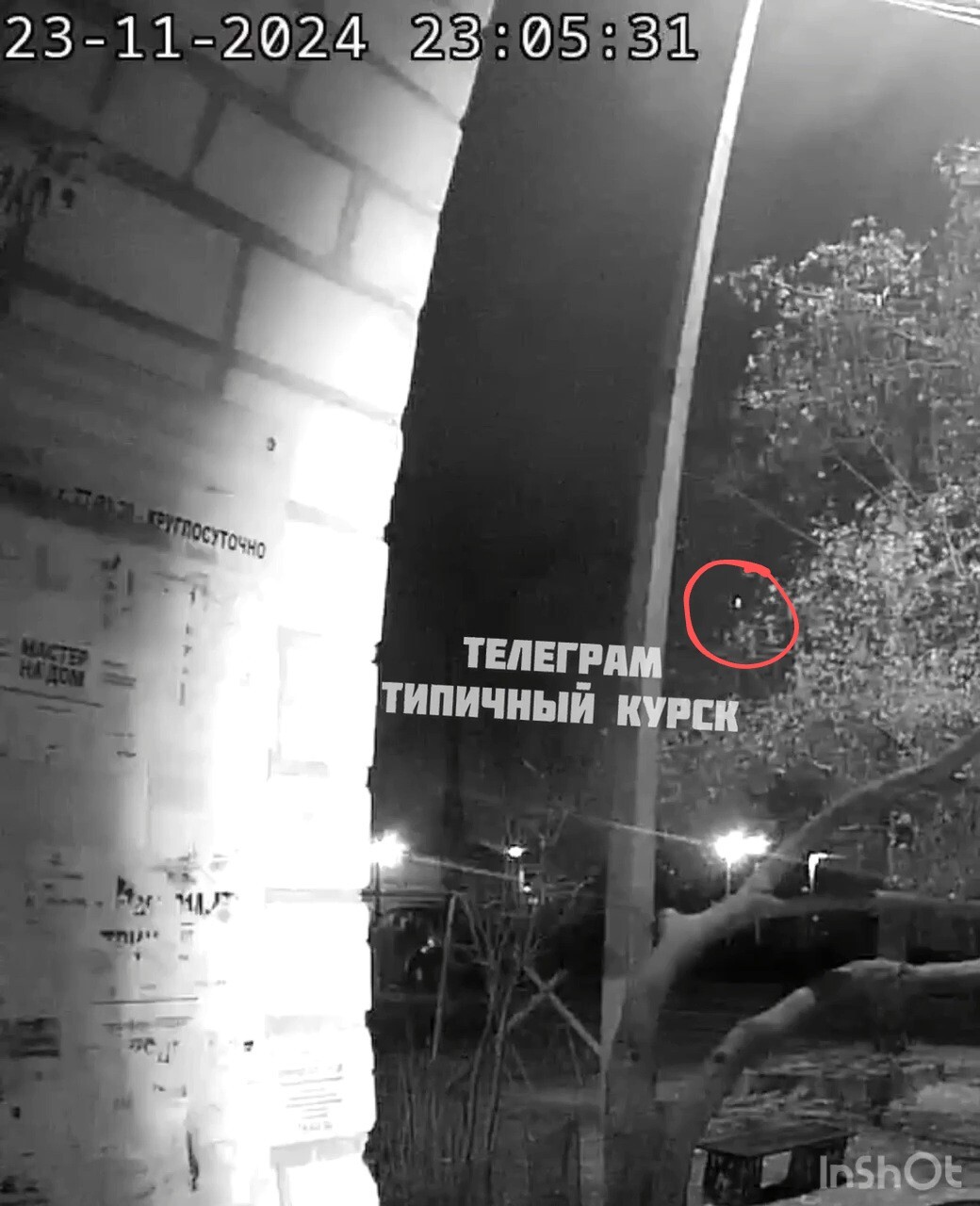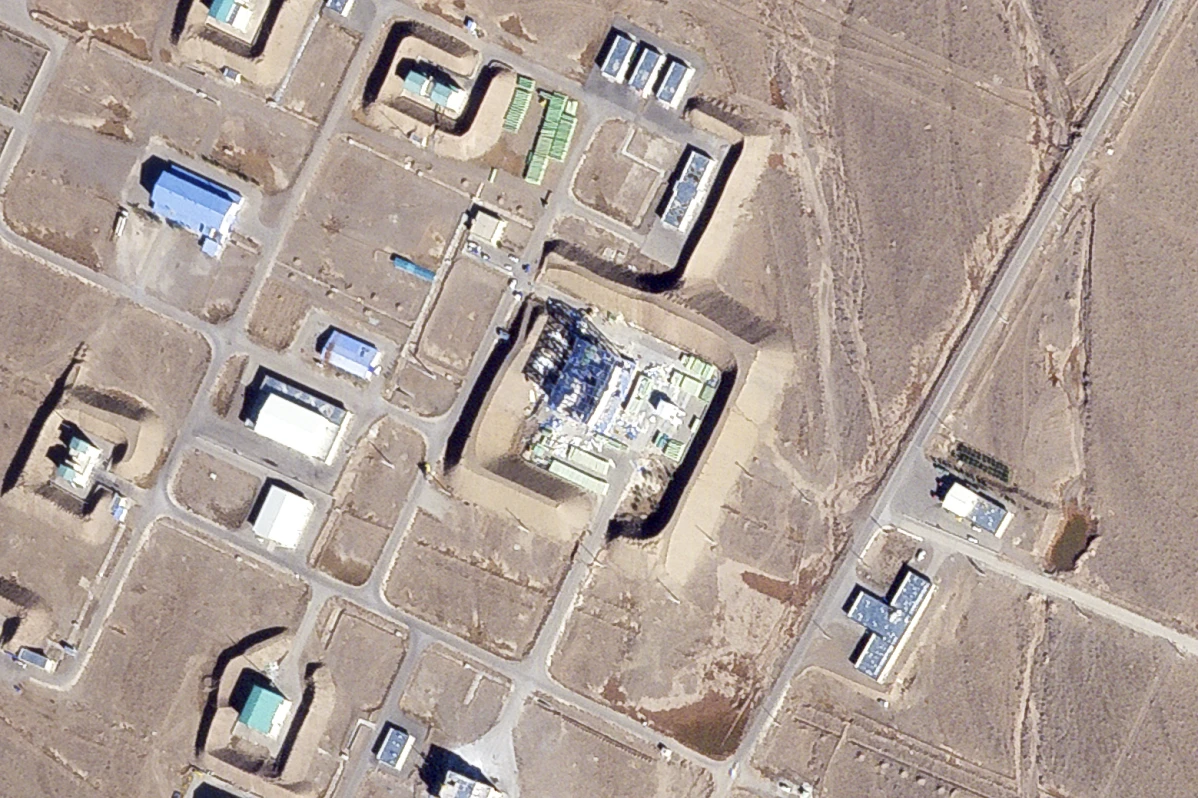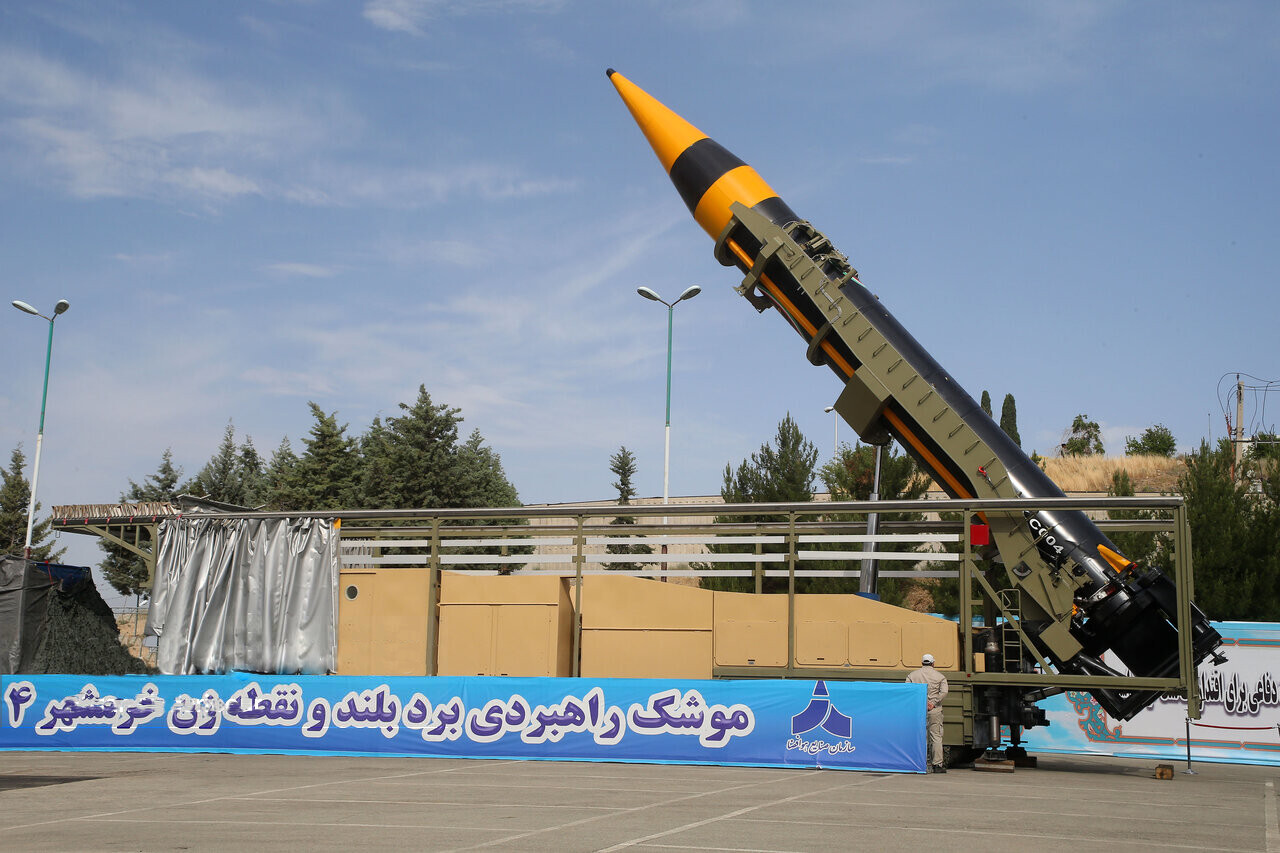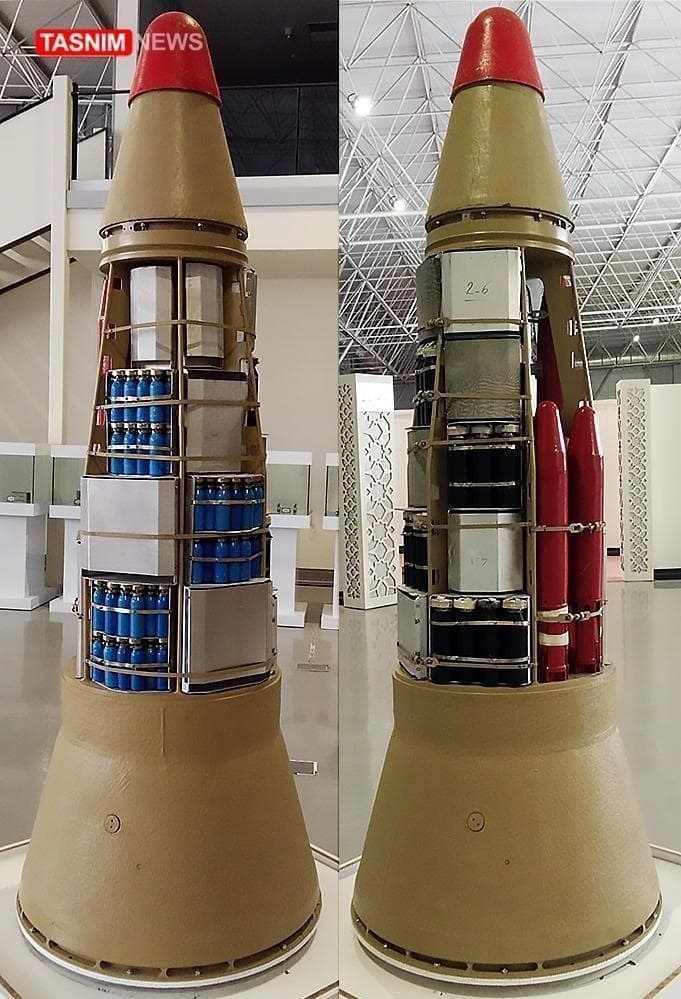

At this point, this website for me is just the body that carries this thread.
Same. I can now fulfill my eternal dream about posting about Marmite and missiles. Pure bliss really.
Except when the missiles kill innocent people, that’s terrible of course.







They got a Lion, it’s definitely worth it. 1 lion for 10 000 soldiers is the best trade deal in the history of trade deals.